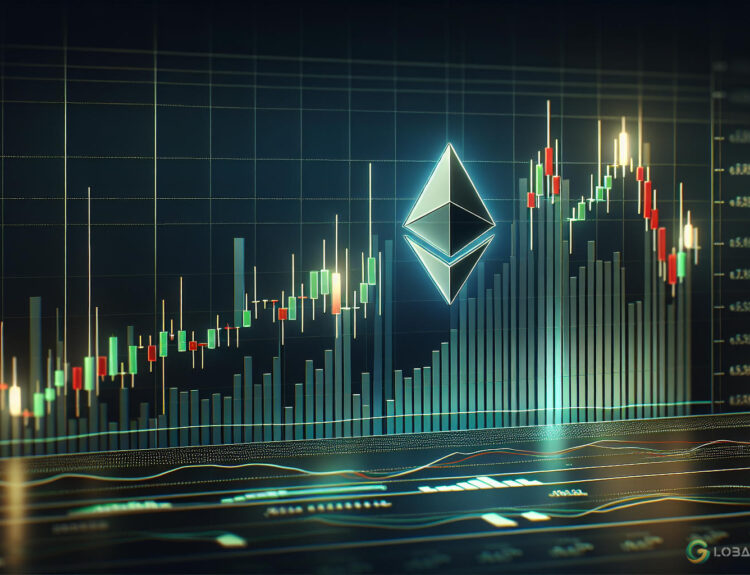CoinGecko analysts have discovered that Bitcoin’s value tends to surge following its halving cycles. After each halving event, where the mining rewards are reduced, Bitcoin’s price has historically increased by an average of 3,230%.
The first halving took place on Nov. 28, 2012, cutting the mining reward from 50 BTC to 25 BTC. Within a year of the halving, Bitcoin’s value soared from $12 to $1,075, marking an 8,858% increase. By January 2022, the inflation rate had decreased from 25.7% to 12%.
The second halving occurred on July 9, 2016, reducing the reward from 25 BTC to 12.5 BTC. Following this event, Bitcoin’s price surged by 294% over the year, from $650 to $2,560. The inflation rate of Bitcoin decreased from 8.7% to 4.1%.
The most recent halving took place on May 11, 2020, reducing the block reward to 6.25 BTC. Within a year of this halving, Bitcoin’s value increased by 540%, rising from $8,727 to $55,847.
Bitcoin’s price even reached an all-time high of over $73,000 at the beginning of the year, driven by hype around spot Bitcoin ETFs and positive investor sentiment. The successful launch of approved Bitcoin ETFs has played a significant role in boosting Bitcoin’s value and market sentiment.
Looking ahead to the next halving, analysts suggest that Bitcoin’s market impact will be influenced by various factors, with high demand being a key driver for further growth.
For more information on Bitcoin halving and market trends, stay tuned to Global Crypto News.
























